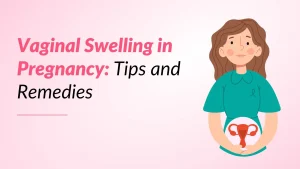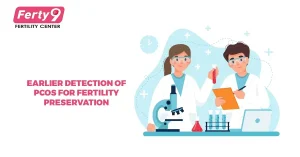Fertility preservation processes are much studied, as they do play an important role in various forms of health treatment processes. Reproductive tissues have to be preserved for a healthy child.
Fertility preservation happens to be a process that does help protect reproductive tissues for having a child in the future. It is an option for adults and even a few children of both sexes. People do choose this treatment due to cancer as well as other health conditions, age, and transgender care. Fertility preservation treatments do fall into two categories: medically-indicated preservation and elective preservation.
If considering fertility preservation, it is rather important to understand one’s options prior to some sort of treatment, like cancer treatment. A person may want to preserve one’s fertility if they wish to have children and are also affected by any of the following: age, cancer, autoimmune diseases, reproductive health conditions, or transgender care.
Related read: Freezing Eggs: Procedure, Cost, and Anticipations
Efforts are made by clinics to provide a comprehensive overview of fertility preservation, including procedure details, risks and benefits, recovery, outlook, and when to call the doctor. The focus is on coping techniques for managing infertility stress.
Recent reproductive technology for cancer patients has indeed provided multiple options in order to preserve their fertility. Preserving fertility can, rather, increase the quality of life of cancer patients. Yet, medical service providers and patients also face difficulties in the decision-making process for fertility-preserving treatment, as studies focusing on the concept of decision-making and various intervention materials are lacking. Reviews have been made to identify the attributes of interventions in studies on decision-making support and interventions in cancer patients considering fertility preservation and to provide the best evidence for health professionals.
Suggested Read: Earlier Detection of PCOS for Fertility Preservation
Health professionals are indeed challenged by the growing number of young long-term cancer survivors and their respective specific needs with regard to family planning. This study does aim at assessing decisional conflict (DC) in young female cancer patients regarding fertility preservation, identifying demographic, fertility, as well as fertility preservation-related factors that may rather affect DC, and also assessing the helpfulness of various decision-supports.
Despite concentration on recommendations internationally for the timely provision of fertility information, cancer patients report unmet information needs, with poor provision and inadequate written information to assist in fertility preservation decision-making. Patient decision aids (PtDAs) may in fact be a useful resource to inform patients and also help guide decision-making. A systematic review of the existing literature on decision aids for fertility preservation in cancer patients would, of course, determine the effectiveness of these tools in supporting decision-making about fertility preservation and indicate their current use in clinical care.
Also read: Freezing Sperm Reasons, Procedure, Outcomes, and Costs
Conclusion
Planning summary for fertility preservation
- To start with, a person may want to know where they currently stand when it comes to fertility. An important part of trying to really conceive is having adequate hormone levels as well as healthy sperm and eggs.
- Budgeting is another piece of the puzzle, as is the cost.
- Weighing one’s options There are a few options when it comes to cryopreservation, and it is important that a person consider them all.
Decision science, in the context of medical treatment as a form of decision-making, is understudied in oncology care. As medical researchers continue to improve survival rates and fertility options for this population of patients with cancer, the psychological study of treatment decision- making in the context of fertility is required. This review does aim to summarize the work in this area to date and to also define future areas for scientific inquiry.






























